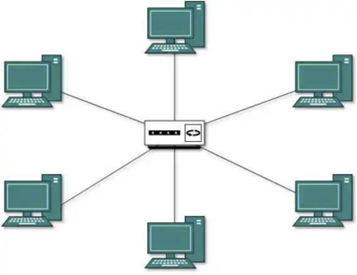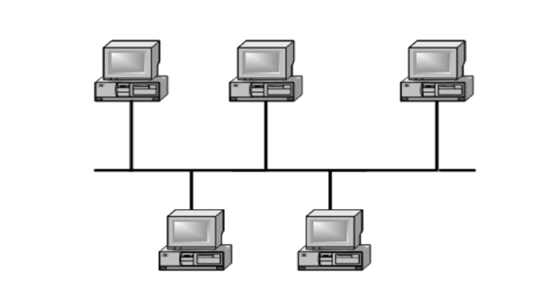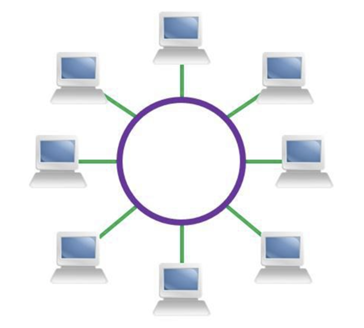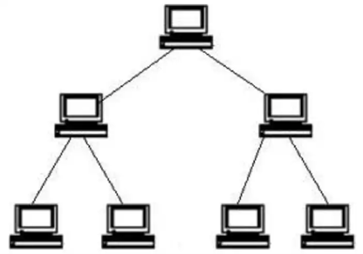Common network topologies include star topology, bus topology, ring topology, tree topology, and other more complex topologies. Each topology has its own advantages and disadvantages, so when designing equipment to connect to the network, we need to choose the correct topology according to the actual situation of the project.

(1) Star topology: refers to the connection of each node into a network in a star shape, and the network has a central node. Because other nodes are directly connected to the central node, it forms a centralized network with the central node as the center. Communication between any two nodes needs to be completed through the central node.

(2) Bus topology: refers to the connection of all nodes to a bus, with a main cable as the transmission medium. There is no central node. Each node is directly connected to the bus, and the communication of all nodes shares the same link.

(3) Ring topology: Its structure forms a closed link like a ring. The beginning and end of the node are connected to form a closed loop. All nodes share an information loop and each request to send data. The node that has the right to send can send data. The data is transmitted in one direction in the ring, and the information is transmitted from one node to The next node, each node has a repeater. The repeater receives the data of the previous node and sends the data to the next node.

(4) Tree topology: It is a local area network topology similar to bus topology. It is shaped like an inverted tree. The top is the root node. The root node is divided below, and each branch can also have a sub-branch. Its transmission link can have multiple branches, but it does not form a closed loop. Since the information sent by each node can be transmitted throughout the transmission medium, it can be propagated.

Post time: Mar-22-2025

